Photojournalists are an under-appreciated lot that have done important work in maintaining an informed populace in our society. They are, in fact, an inherently important part of a functioning democracy. It is always a hugely popular topic among all photographers when we cover it here, so we decided to put together a brief history of photojournalism.
Photojournalism differs from other types of commercial photography which involve people. Like in traditional print journalism, the photojournalist’s job is to document a real story in the most authentic manner possible and with the utmost journalistic integrity.

Supporting Journalistic Writing
These documentary photographs are delivered to the public as a visual complement to a written article, television newscast or sometimes even on their own. Strictly speaking, the photojournalist is a reporter and not an artist. However, this does not mean that these photos which are reporting real-life can’t be taken artfully as the photographer sees fit. In fact, many works of photojournalism and documentary photography have hung on museum walls.
Perhaps this is splitting hairs to some, but the general consensus is that photojournalism is a form of journalism that gives visual support to the news story. It is not a form of photography that is supported by journalistic writing. While this might be the general view, most people can cite examples where the journalistic photo tells a story all on its own. It requires little to no writing to back it up.
Read on to learn more about the history of photojournalism!
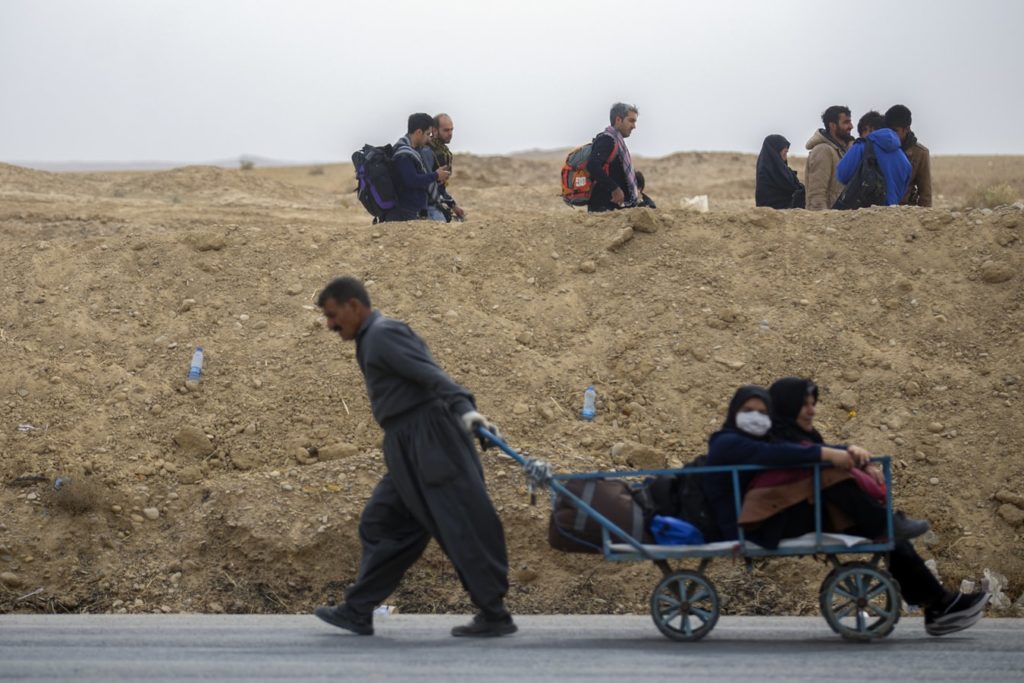
Pre-35 mm Photojournalism
The very first printed journalistic photos had to be interpreted from engravings. This practice started in 1853 when the first known photojournalist landed on the scene. Carol Szathmari, a Romanian painter and photographer, documented the Crimean War. This engraving technique was popular in the American Civil War as well to print the photographs of Mathew Brady in the publication Harper’s Weekly. Since this printing technique was very laborious, the surviving prints are fairly limited in number.
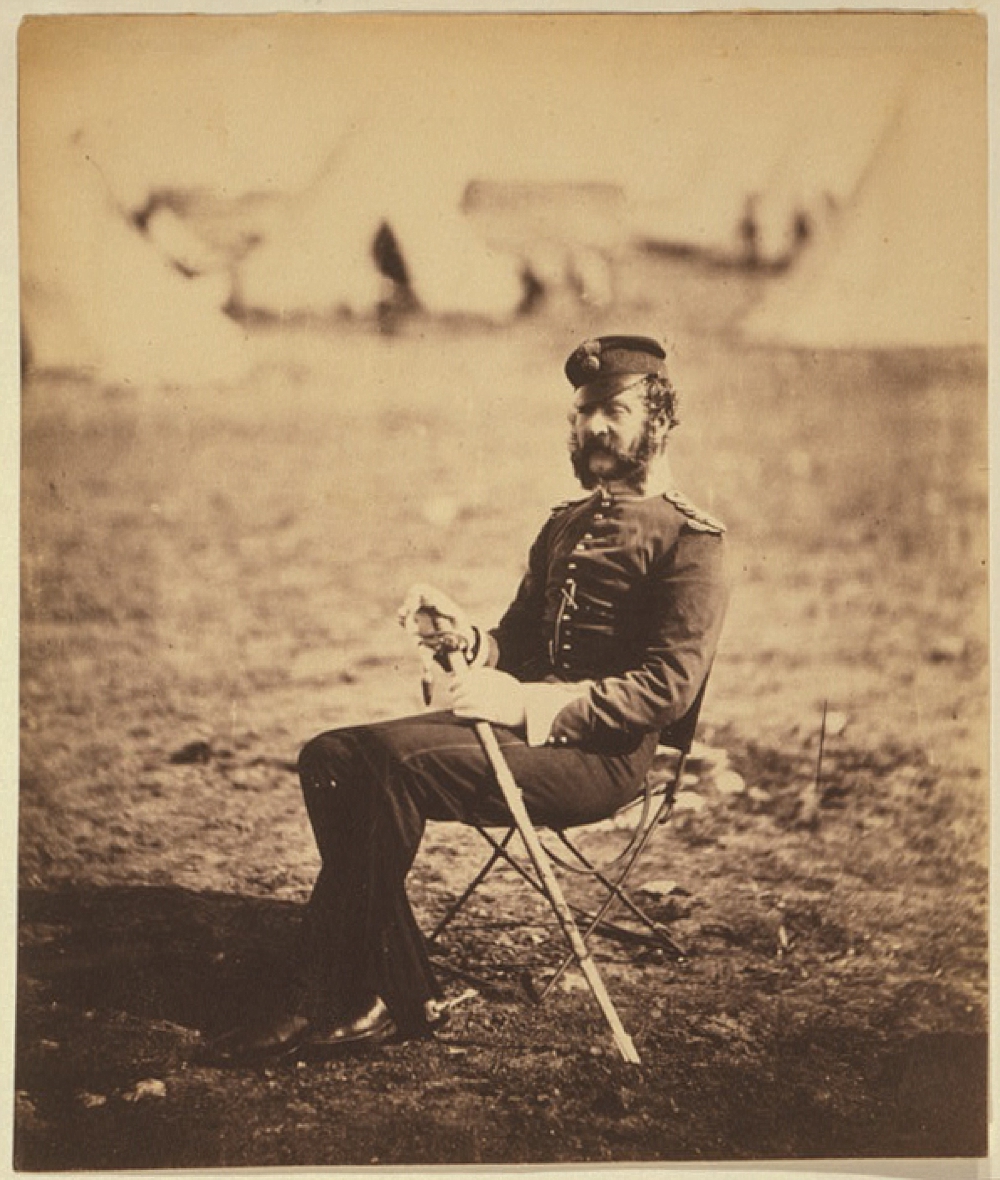
Golden Age Of Photojournalism
With the advent of the first 35mm Leica camera in 1925, as well as the invention of the first commercial flash bulbs in 1927, the stage was set for the “golden age of photojournalism”. This so-called “golden age” lasted from the 1930s to the 1960s.
The early 35mm cameras were the first that were small enough and light enough to easily carry into most environments. This new photographic freedom combined with less laborious printing methods. It rocketed photojournalism into a powerful and common way to convey newsworthy events around the world.
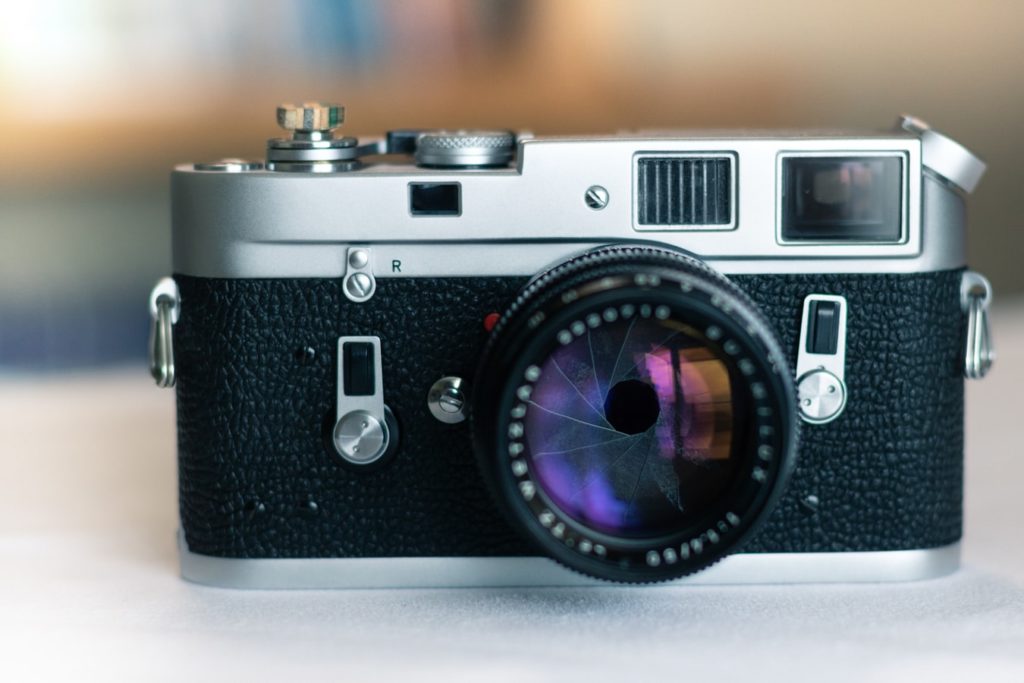
The Great Depression
The Great Depression spurred a number of photographers to leave the studio and start documenting the lives of real people who had fallen on hard times. In a way, these images contained little real “news”. However, they certainly documented the lives in poverty and provided accurate accounts of real people’s lives.
Various magazines such as Life (probably the most famous of its time), Sports Illustrated, Paris Match, and Picture Post began publishing photos of events. Until that time, such events would never have been seen by the general public.
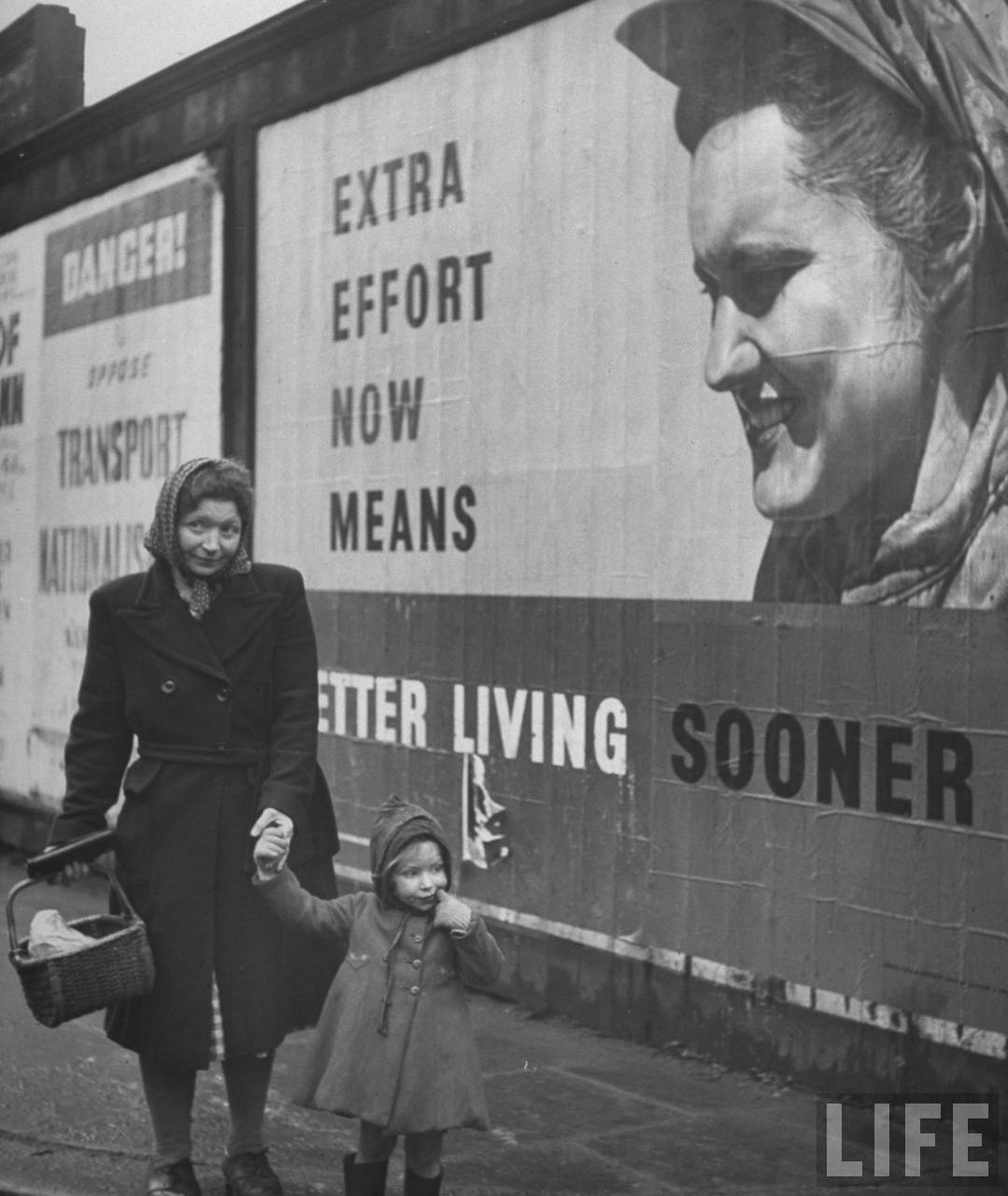
Noteworthy Photographers
Noteworthy photographers of the “golden age of journalism” are Walker Evans, Dorothea Lange and Gordon Parks.
Walker Evans documented the lives of ordinary people for fifty years. His photos showed people in their day-to-day environments and featured subjects such as random old men chatting animatedly in front of an old storefront. They also showed dirty-faced poor children sitting in rags on wooden porches, seemingly oblivious to their plight. In a sense, he captured the indigenous nature that is universal to all humans.
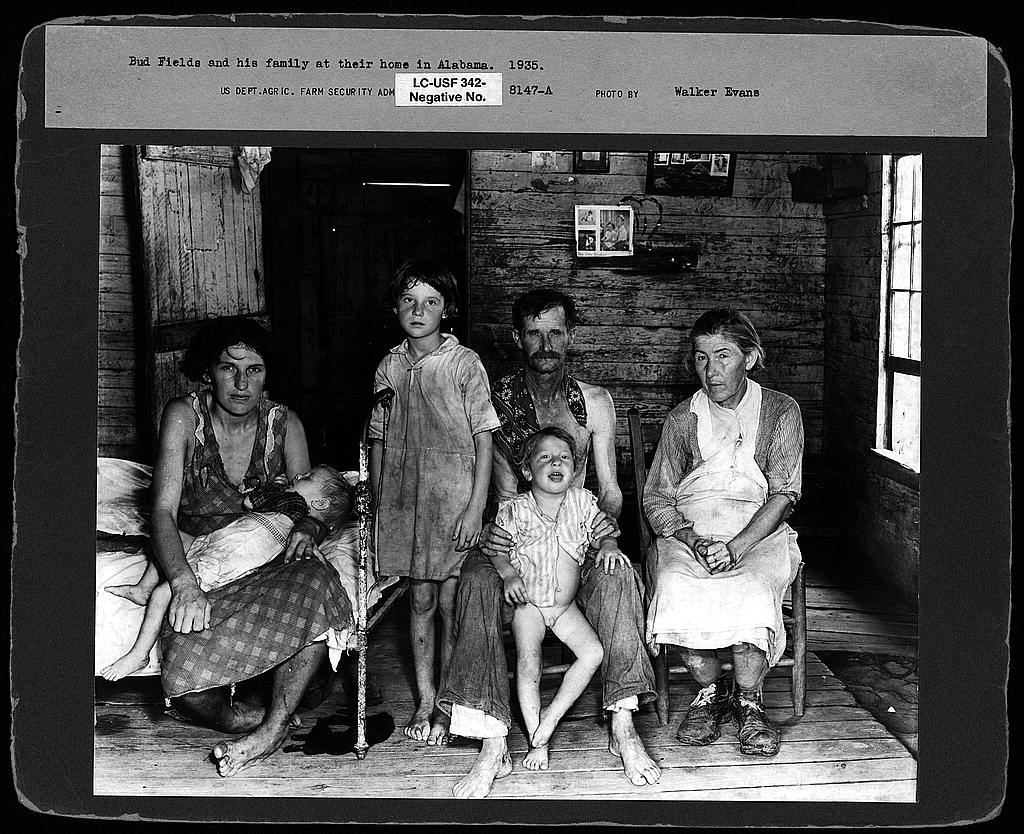
Dorothea Lange’s most famous photo is the so-called “migrant mother”. This powerful photo features a hungry and old-before-her-time depression era mother and her children. We know little about the mother and children in this iconic photo. Their names and history were never known. At the time the photo was taken she and her children had been living on frozen vegetables and birds the children had killed.
She had just sold the tires from her car to buy food and was essentially stranded with nothing to her name but a car with no wheels and lean-to-tent. Lange started her career in photography as a photo-finisher and then opened up her own studio. However, she soon felt the need to document people in their own environments.
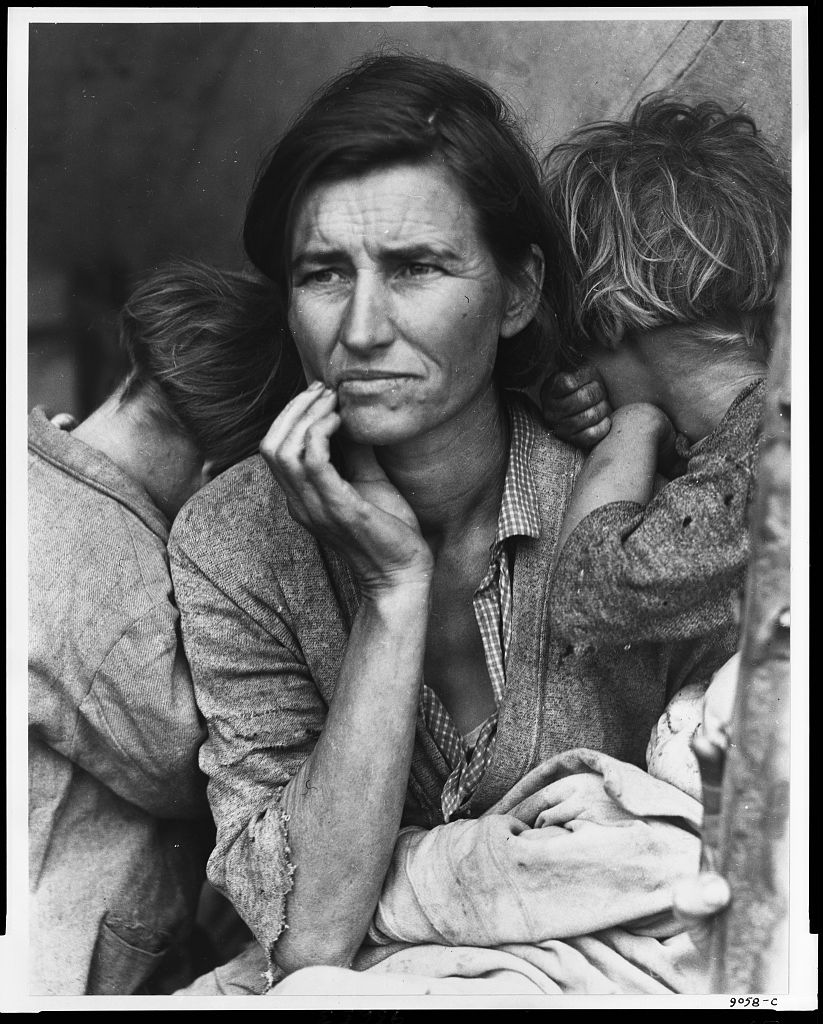
Gordon Parks was the first African American photojournalist and he was a staff contributor to Life magazine. He documented major leaders of the Civil Rights movement such as Martin Luther King and Malcolm X. Interestingly, he began his career as a fashion photographer.
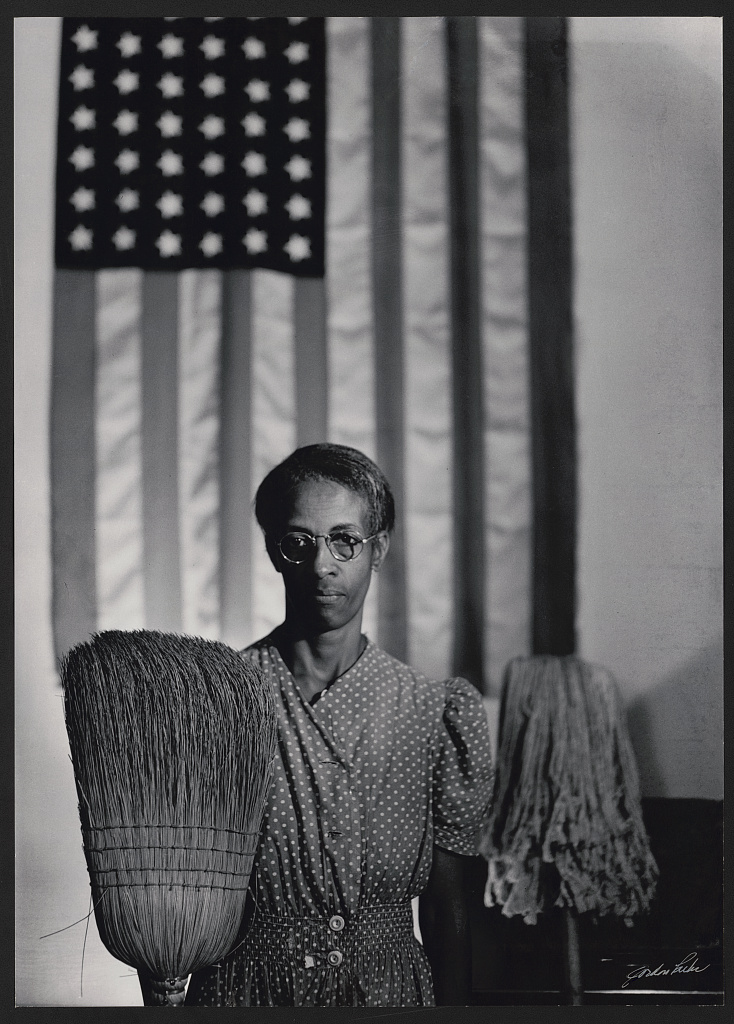
Modern-Day Photojournalism
When Life magazine made the announcement in 1972 that it was ceasing its weekly publication, many people claimed that photojournalism was dead. However, photojournalism is as alive today as it was then and has taken on more forms. Traditional print is still in existence, but has become much less important in this age of the internet.
However, photojournalism is just as impactful viewed on a webpage as it is when viewed on the page of a magazine. People consume news voraciously, and have come to expect solid photographic documentation of what is happening in the world around them.
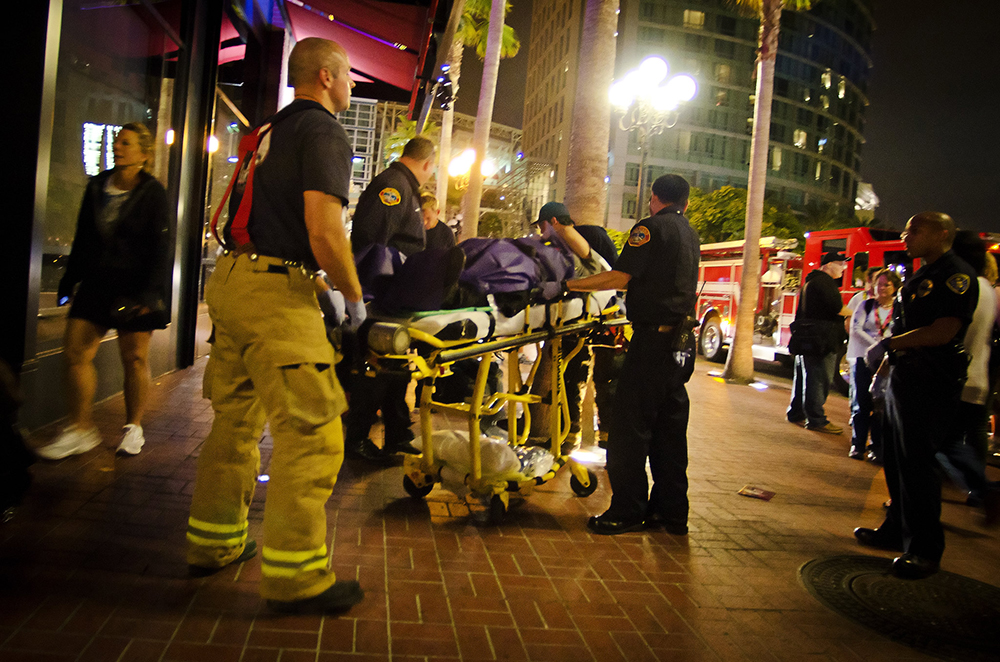
One of the issues that has been discussed with some concern is the issue of photo manipulation in journalism. The ultimate question is – how much is acceptable? Some would argue that even color enhancement is altering the truth of the image. Others draw the line at adding or removing elements of the scene. Whatever each individual’s opinion on the matter of photo manipulation, many of the ethical issues of photojournalism have certainly been complicated by it.
Citizen Journalism
Another element of modern-day photojournalism that is still working its kinks out is the huge increase in “citizen journalism”. These days nearly everybody owns a camera, even if only a camera-phone. This means that random people have captured various important events. They just happened to be in the right place at the right time. Major news outlets such as CNN actually make it a point to use these amateur documentary photos when news stories break.
While citizen journalism certainly has it plusses, many have questioned its collective objectivity. For example, some citizen journalists are activists documenting communities that they are members of and may not be able to report what they see objectively.
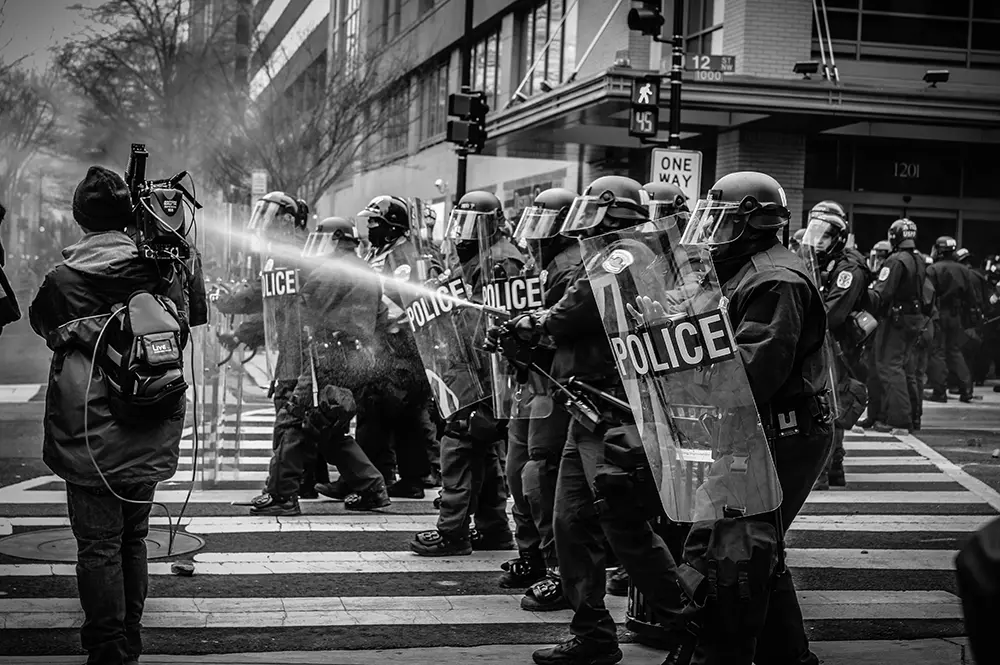
Another aspect of citizen journalism that experts tend to criticize is the general lack of quality and sometimes substance. A quick snapshot with a cell phone might be the only photo of a significant and spontaneous event. When you move things up a notch, quality suffers.
For example, only official members of the press can enter certain venues and these are trained photographers using professional equipment. Still, if the only witness to a groundbreaking news story happens to be shooting with a camera-phone, those images are going to be as important as the photos shot by a pro with a great camera.
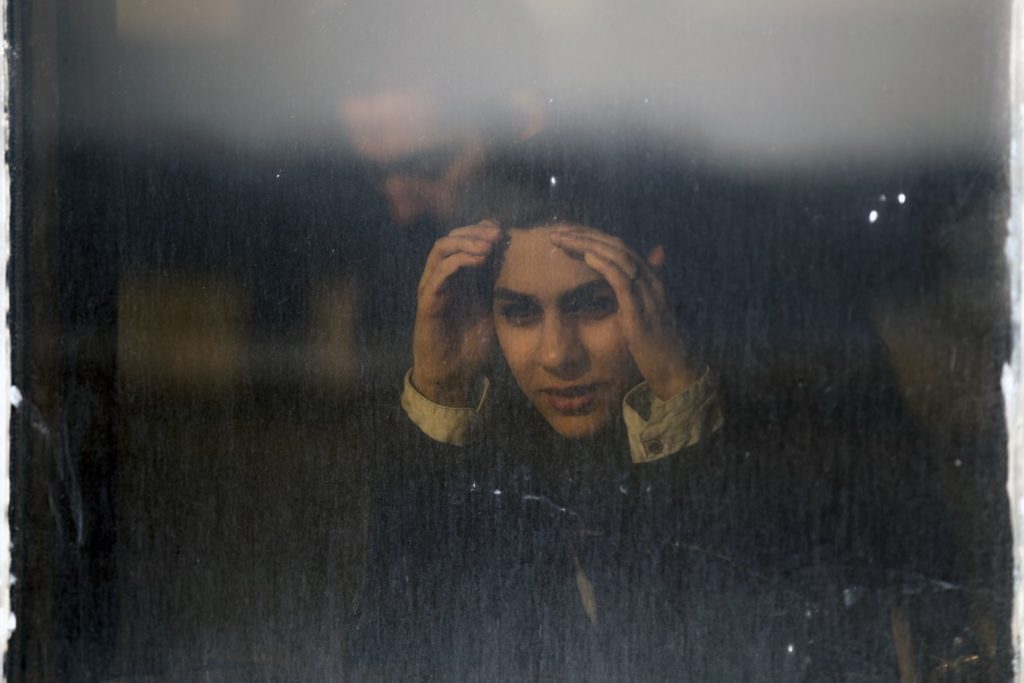
The Future Of Photojournalism
Because of the growing number of citizen journalists with a camera, we have come to a point where we’re taking many photos but spending little time looking at them. However, we can see that the best photojournalists continue to stand out no matter the image surplus in today’s society. This is evident on Instagram and other social media channels – great photojournalists still get a lot of attention!
In addition to this, there’s also a whole new generation of photojournalists called visual storytellers. These mostly young people are taking advantage of the digital era and coming up with innovative images which are often more artistic than traditional photojournalism and focus on less explored topics.
Check out this list of 20 rising photojournalists and their amazing portfolios!
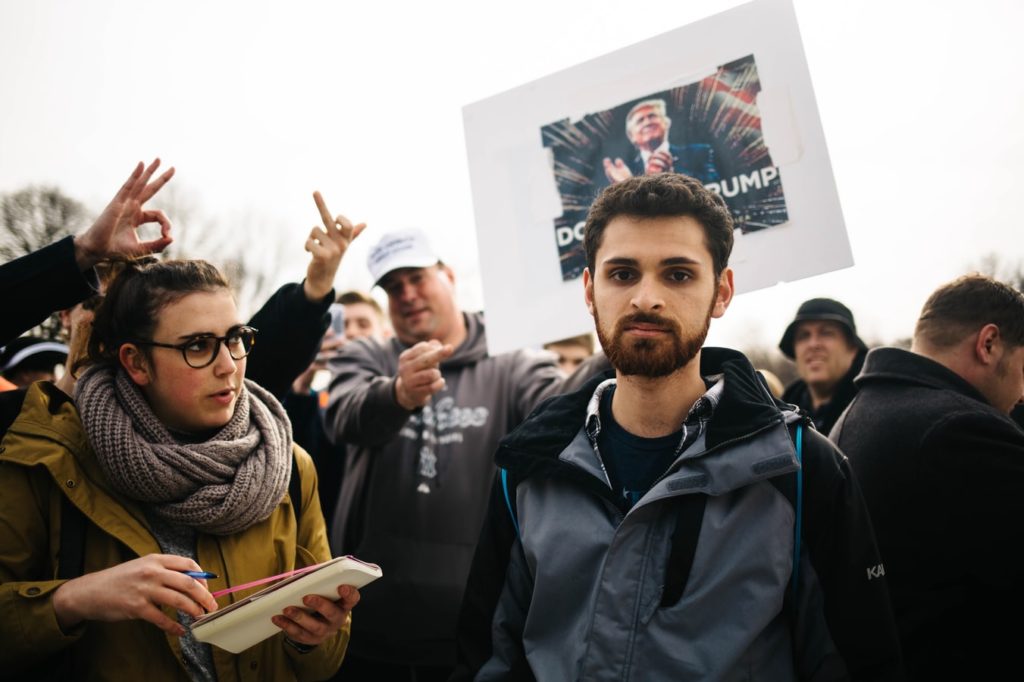
Conclusion
While photojournalism does have its problems and is actively sorting through them, it still remains as relevant and important to society as ever. Stories are told by the talented people who choose this vocation. Our democracy continues to remain comparatively informed. We don't know where it will go next, but there is little doubt that it has left us in a better position.
Rachael Towne is a photographer and artist. You can find her on her photography blog and Twitter.
To learn more about photojournalism, check out the links below.

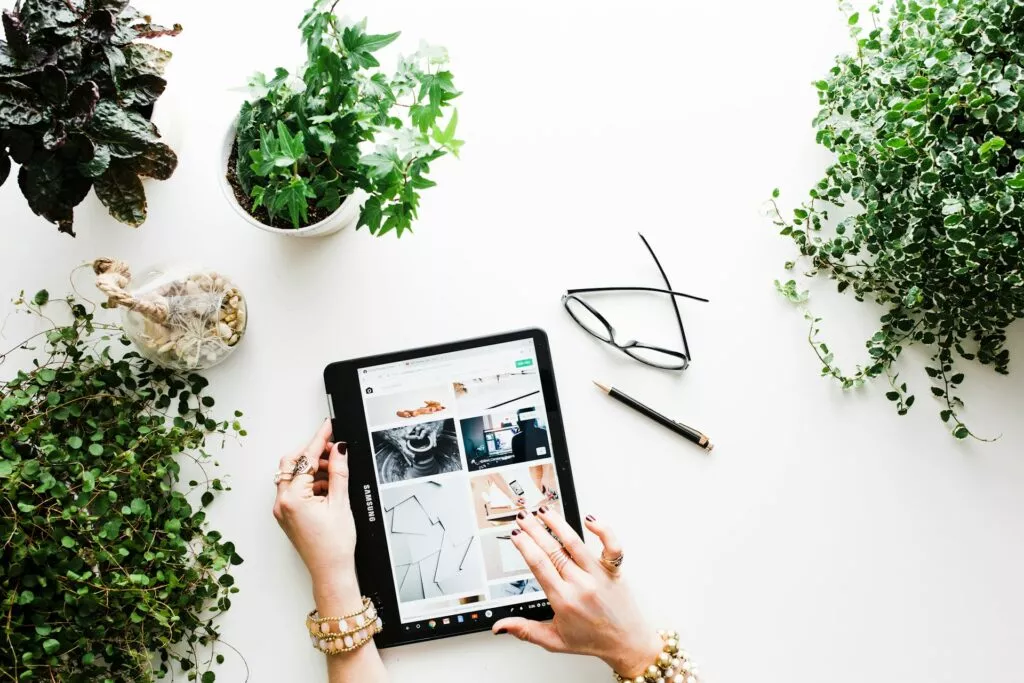
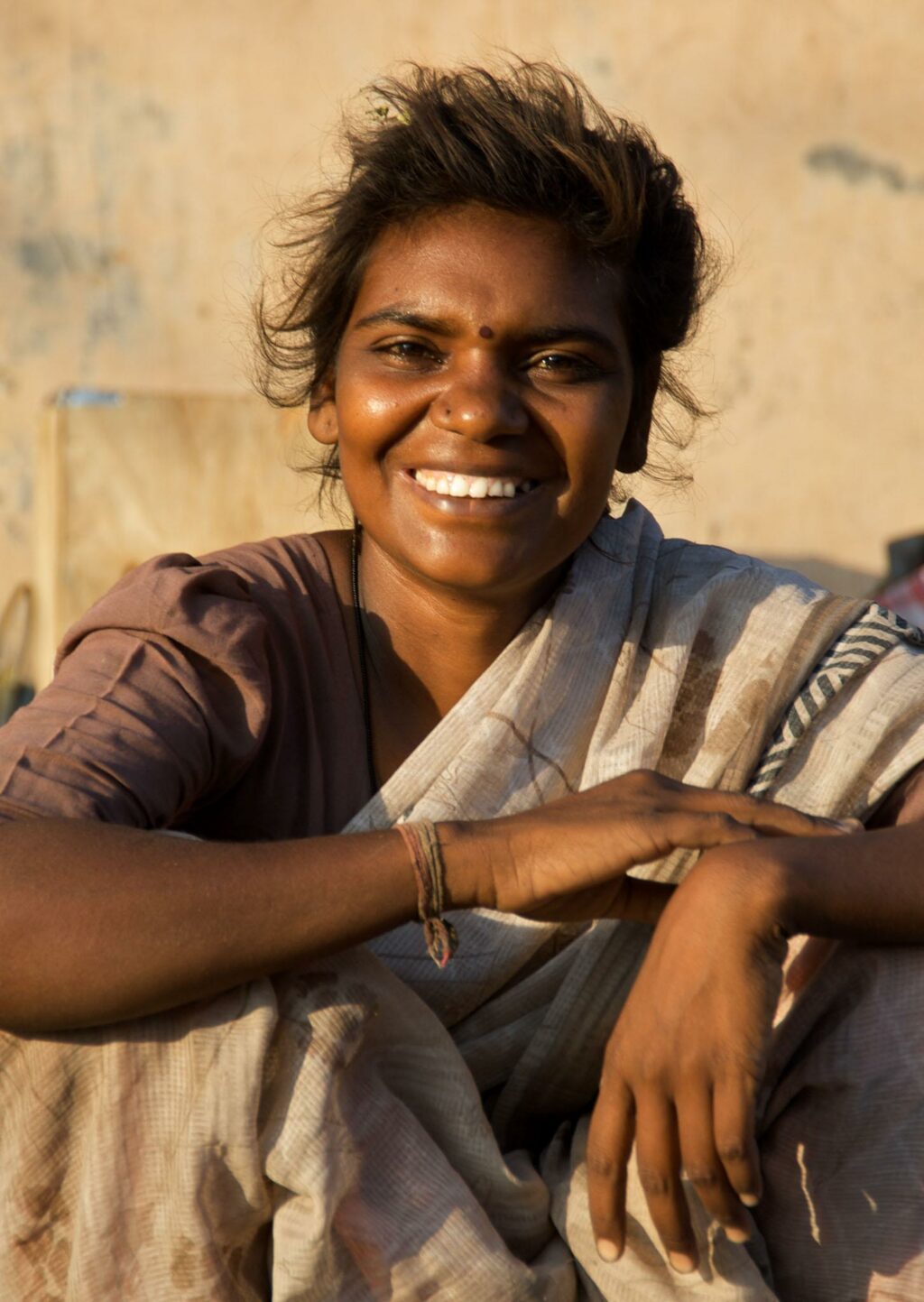
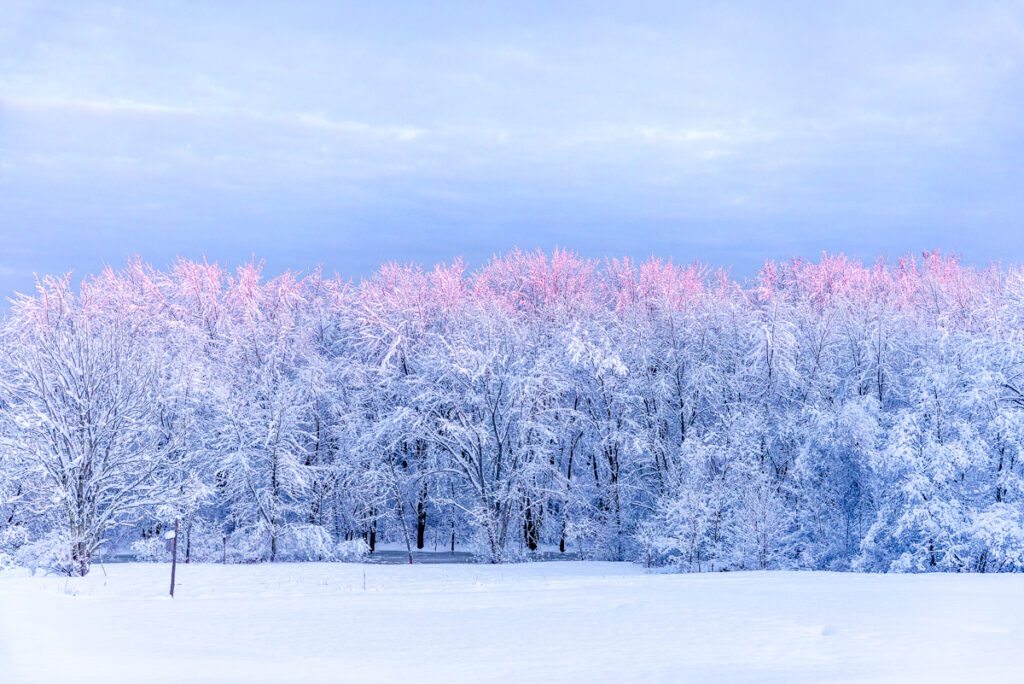
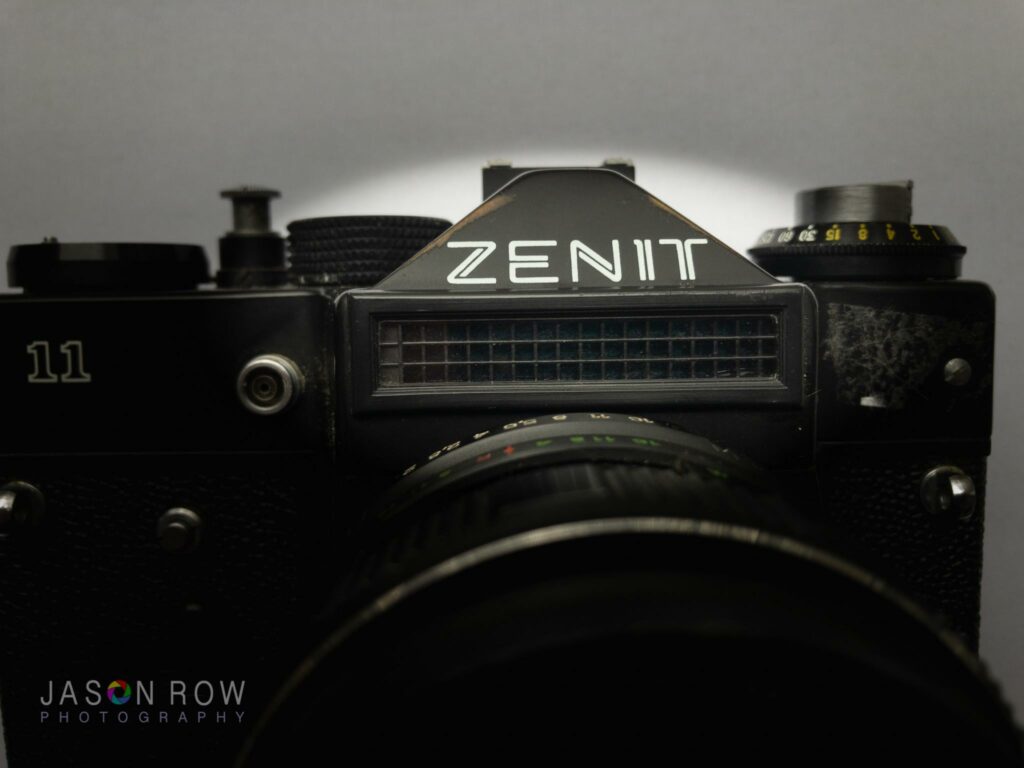
11 Comments
Great article, keen insight! 🙂
In another life, I would have been Dorthea Lange or Walker Evans. When I was a child I wanted to be a foreign correspondent. I studied journalism and I loved to chronicle events in both words and pictures. I still think that documenting the lives of people and the events that make up their world is the most interesting photographic genre.
Good Read!
Carol Szathmari was NOT a Romanian, but a Hungarian photographer.
Szathmári is a Hungarian family name in Transilvania.
He was male, so Carol is a “quick brief translation” of Károly, what is Charles in English.
Firstly, the main difference between photojournalism and other forms of photography (eg. social documentary and street photography, etc) is it’s timeliness.
Secondly, there are many situations where the subject can and does have a say in the way their image is shot and used. How the image is taken and where the image is used ultimately is up to the ethics of the photojournalist.
Thirdly, there are numerous examples of photojournalism standing on its own without words or as wallpaper to articles. Early Life magazine articles, current media uses photo essays too, as well as projection shows like http://www.reportage.com.au
And forthly, print news media is not as objective as made out in this article. Corporate media ie. media who’s funding arises from advertising has commercial interests and in trying to push those interests has an agenda to influence politics – as we have been seeing recently in the Letheson Inquiry in the UK into Murdoch’s dealings. This has also been consistently documented over decades by Noam Chomsky.
Ultimately it is not up to the photojournalist to choose the final image to be printed in the press it is up to the editor. The editor is employed by the CEO or Board with the organisations commercial interests in mind. Self censorship and sometimes overt censorship as a result arises.
So the line between citizen journalists and ‘trained’ journalists is a little more blurry than made out in your words.
As a photojournalist myself my view is that if you have ‘the’ photo, taken it ethically and can get it out there that is what counts at the end of the day.
Well said, and great input. Thanks for adding
Right Sir..
u clarified it, but we need to know some future uses of photo journalism
There is actually quite a bit known about the “Migrant Mother” in Dorothea Lange’s image.
https://en.wikipedia.org/wiki/Florence_Owens_Thompson
Dorothea Lange said that documentary photos were not the truth (paraphrased). I don’t believe documentary photography and photojournalism are the same. Fur example, Lange shot her depression woman multiple times before she settled on the one she liked best and best told her story. That is not photojournalism to me. It is documentary. I believe it’s the difference between what CNN broadcasts (journalism) and the History Channel broadcasts (documentaries). They are not the same. One is on-the-scene, and the other has the advantage of having perspective provided by distance. They both tell stories, which is valuable, but the two should not be confused.
(Full disclosure: I have a B.A. in journalism from Washington & Lee University)
I completely agree with Mike Wacht. There is a significant difference, as he so well points out, a great difference between documentary photography and photojournalism.
hi everybody 🙂
was a photographer like Nadar for exemple a photojournalist ?? reporter ??
who start to travel and make photographies far away or something like that ? ?
I’m very interested to read tour answer
greetings from Brussels, thank you
Xavier